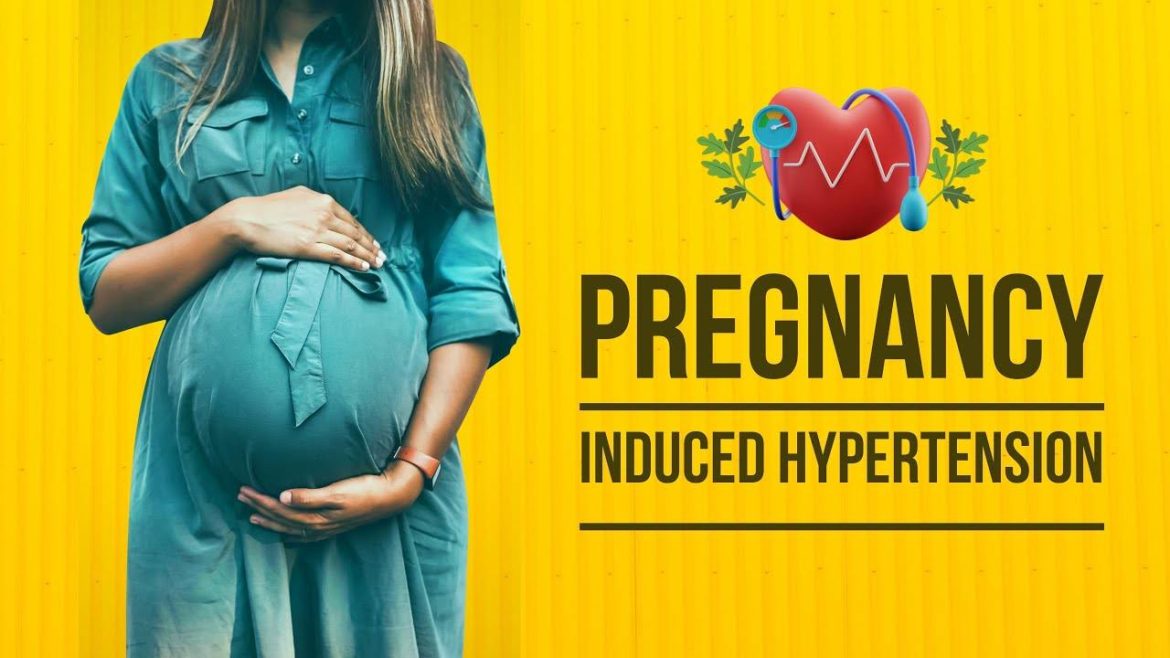Pregnancy-induced hypertension (PIH) encompasses a spectrum of conditions that affect a significant number of pregnant women worldwide. These conditions pose risks not only to the mother but also to the developing fetus, necessitating vigilant monitoring and, in some cases, medical intervention. Understanding the different types of pregnancy-induced hypertension is crucial for healthcare providers to deliver optimal care and ensure positive maternal and fetal outcomes.
5 Types of Pregnancy-Induced Hypertension
1. Gestational Hypertension
Gestational Hypertension Overview
Gestational hypertension is characterized by elevated blood pressure that develops after 20 weeks of pregnancy in previously normotensive women. This condition affects approximately 6-8% of pregnancies and is marked by systolic blood pressure of 140 mm Hg or higher and/or diastolic blood pressure of 90 mm Hg or higher on at least two occasions, at least 4 hours apart, without the presence of proteinuria. The exact cause of gestational hypertension remains unclear, but it is thought to involve impaired placental development and vascular dysfunction.
SEE ALSO: 6 Treatments for Systolic Hypertension
Clinical Features and Diagnosis
Diagnosis of gestational hypertension involves regular blood pressure monitoring during prenatal visits. Other diagnostic criteria include the absence of proteinuria and symptoms such as severe headache, visual disturbances, and epigastric pain, which, if present, may suggest progression to preeclampsia.
Management and Prognosis
Management of gestational hypertension typically involves close monitoring of maternal and fetal well-being through regular prenatal visits, blood pressure measurements, and fetal surveillance. In most cases, blood pressure returns to normal postpartum, and the prognosis for both mother and baby is generally favorable with appropriate antenatal care.
2. Preeclampsia
Preeclampsia Overview
Preeclampsia is a serious multisystem disorder characterized by hypertension and significant proteinuria that typically develops after 20 weeks of gestation in previously normotensive women. It affects about 2-8% of pregnancies worldwide and is a leading cause of maternal and perinatal morbidity and mortality.
Pathophysiology
The exact cause of preeclampsia is not fully understood but is believed to involve placental dysfunction and maternal vascular endothelial damage. Placental ischemia and oxidative stress trigger a systemic inflammatory response, leading to endothelial dysfunction, vasoconstriction, and the release of factors that promote hypertension and proteinuria.
Clinical Features
Clinical manifestations of preeclampsia include hypertension (systolic blood pressure ≥140 mm Hg or diastolic blood pressure ≥90 mm Hg), proteinuria (≥300 mg in a 24-hour urine collection or protein/creatinine ratio ≥0.3), and in severe cases, symptoms such as severe headache, visual disturbances, epigastric pain, and thrombocytopenia. Preeclampsia can progress rapidly, leading to eclampsia (seizures), HELLP syndrome (hemolysis, elevated liver enzymes, low platelets), and other complications if not managed promptly.
Management
Management of preeclampsia involves antenatal surveillance, blood pressure control, and close monitoring for signs of disease progression. Depending on the severity and gestational age, management may include hospitalization for bed rest, antihypertensive medications, corticosteroids for fetal lung maturity, and timely delivery to prevent maternal and fetal complications.
3. Chronic Hypertension with Superimposed Preeclampsia
Overview
Chronic hypertension with superimposed preeclampsia occurs when women with pre-existing hypertension develop new-onset proteinuria or worsening hypertension after 20 weeks of gestation. This condition complicates about 5-10% of pregnancies in women with chronic hypertension.
Pathophysiology and Clinical Features
The pathophysiology involves pre-existing vascular and endothelial damage compounded by the placental dysfunction seen in preeclampsia. Clinical features may include elevated blood pressure readings, new-onset proteinuria, or worsening hypertension in women previously diagnosed with chronic hypertension.
Management
Management strategies for chronic hypertension with superimposed preeclampsia focus on controlling blood pressure and preventing complications through close monitoring and timely delivery. Women with this condition are at increased risk for adverse maternal and fetal outcomes, requiring multidisciplinary management by obstetricians, maternal-fetal medicine specialists, and sometimes nephrologists or cardiologists.
4. Eclampsia
Eclampsia Overview
Eclampsia is a life-threatening complication of preeclampsia characterized by the onset of seizures in a woman with preeclampsia, not attributable to other causes. It represents the most severe end of the spectrum of hypertensive disorders of pregnancy and requires immediate medical attention.
Pathophysiology and Clinical Presentation
Eclampsia is thought to result from cerebral vasospasm, endothelial dysfunction, and cerebral edema triggered by severe hypertension and proteinuria associated with preeclampsia. Clinical signs include new-onset seizures, often preceded by symptoms such as severe headache, visual disturbances, and epigastric pain.
Management
Management of eclampsia focuses on stabilizing the patient, preventing seizures, and managing complications such as HELLP syndrome and organ dysfunction. Immediate delivery is usually indicated, regardless of gestational age, to prevent maternal morbidity and mortality.
5. HELLP Syndrome
HELLP Syndrome Overview
HELLP syndrome is a variant of severe preeclampsia characterized by hemolysis, elevated liver enzymes, and low platelet count. It occurs in approximately 0.5-0.9% of pregnancies and poses significant risks to both mother and fetus.
Pathophysiology and Clinical Features
The exact cause of HELLP syndrome is unclear but is thought to involve vascular endothelial damage, leading to microangiopathic hemolysis, hepatocellular injury, and platelet consumption. Clinical features include signs of preeclampsia along with laboratory abnormalities such as elevated liver enzymes, thrombocytopenia, and hemolysis.
Management
Management of HELLP syndrome involves close monitoring, stabilization of maternal condition, and timely delivery. In severe cases, maternal complications such as liver rupture, disseminated intravascular coagulation (DIC), and renal failure may necessitate intensive care and multidisciplinary management.
Conclusion
Understanding the various types of pregnancy-induced hypertension is essential for healthcare providers to recognize, diagnose, and manage these conditions promptly. Early detection, close monitoring, and appropriate intervention can significantly improve maternal and fetal outcomes. Continued research into the pathophysiology and risk factors associated with these conditions is vital to developing effective preventive strategies and improving clinical management in obstetric care.


